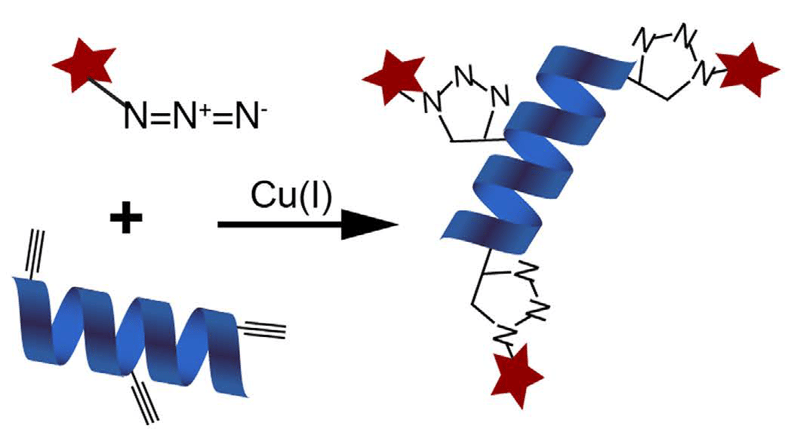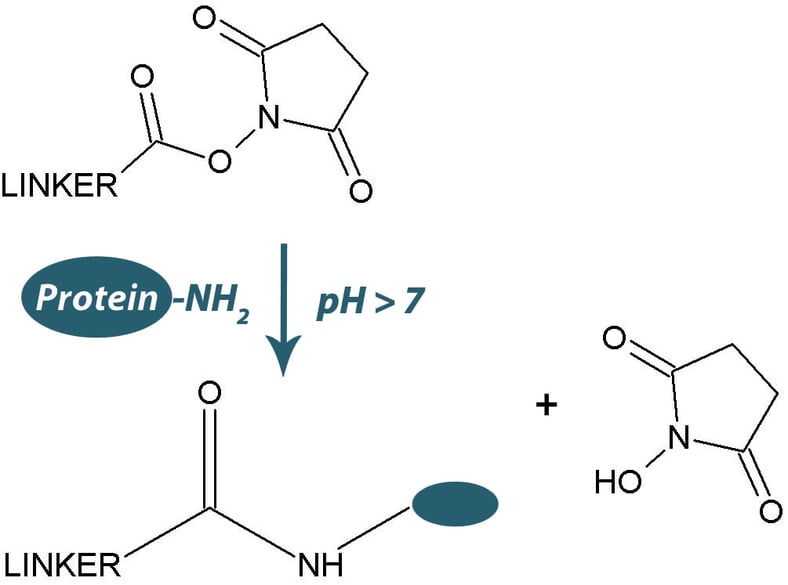Living entities have a tightly regulated dynamic system, where majority of the energy expenditure goes for maintaining the homeostasis. Most of the biological processes such as growth, development, metabolism etc are regulated at the crucial control point of protein translation and degradation (rate of protein turnover). Studies on different organisms/model systems have suggested that transcriptome modifies itself dynamically in response to different cellular conditions. The translational regulation is a slightly independent add-on layer of control after that, hence, during the cell processes a linear relationship of transcriptome and translatome is relatively difficult to establish. The efficacious identification of lesser abundant proteins is of lower magnitude, albeit of having sub-femtomolar level of sensitivity of modern state-of-the- art Mass spectroscopic instruments because of a narrow dynamicity and sequencing speed.
BONCAT (Bioorthogonal Non-canonical Amino Acid Tagging): a method to define the translatome
Topics: Protein Labeling, Mass Spectrometry
How much biotin is coupled to my protein? The HABA/Avidin Assay
Biotin, a 244 Dalton molecule, exhibits an extraordinary binding affinity for avidin and streptavidin (Ka=1015 M-1). This high binding affinity means that proteins, particularly antibodies, are routinely labeled with biotin. The labeled proteins can now be rapidly purified with avidin and streptavidin resins or detected with streptavidin and avidin coupled to enzyme reporters, such as HRP (horseradish peroxidase.
Topics: Protein Labeling
INTRODUCTION:
Knowing the amount of dye conjugated to a protein is essential for predicting the amount of dye required for an experiment and for ensuring good control of fluorescence between experiments.
The following blog post explains how to calculate the degree of protein labeling by a selection of dyes by using protein and dye absorbances.
Topics: Protein Labeling
How to determine reactivity of NHS esters on biotinylation and cross-linking reagents.
INTRODUCTION:
Many protein modification reagents for biotinylation and cross-linking involve reactive groups that conjugate through primary amines. Primary amines are found in all proteins and peptides as they make up the N-terminus and are also a component of the lysine residue side chains. Amines, lysine ε-amines and N-terminal α-amines, are the most abundant group in protein molecules and represent the most common target for biotinylation. For example, BSA contains 59 primary amines, of which up to 35 are available on the surface of the molecules and can be reacted with amine reactive esters.
The most widely used amine reactive biotinylation and cross-linking reagents are the water insoluble N-hydroxysuccinimide (NHS) esters or the water soluble N-hydroxysulfosuccinimide (sulfo-NHS) esters.
The addition of a charged sulfonate (SO3-) on the N-hydroxysuccinimide ring of the sulfo-NHS esters results in their solubility in water (~10mM), but are not permeable to plasma membranes. The solubility and impermeability to plasma membranes makes them ideal for studying cell surface proteins as they will only react with the protein molecules on the outer surface of plasma membranes.
Both forms of the NHS esters hydrolyze rapidly in aqueous solutions (7 hours at pH7, minutes at pH9) and for this reason the NHS esters must be handled and stored appropriately. The NHS esters should be stored desiccated and by allowed to warm to ambient temperature before opening to avoid condensation. That being said, repeated opening and closing and inappropriate handling will lead to the introduction of moisture and hydrolysis of the NHS-esters.
Hydrolysis (and conjugation) results in the release of NHS that can be assayed with the following procedure.
Topics: Protein Labeling, Cross-Linkers






